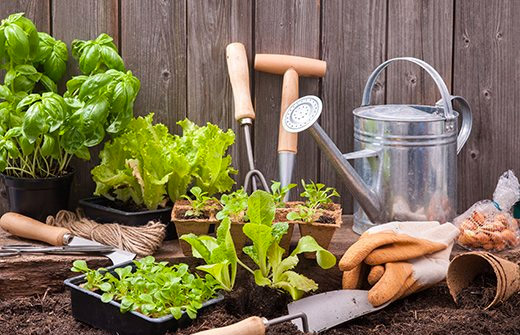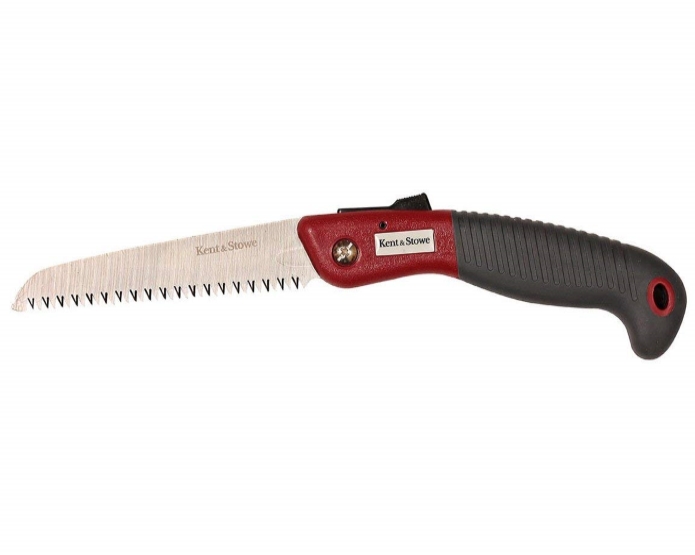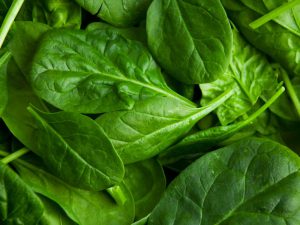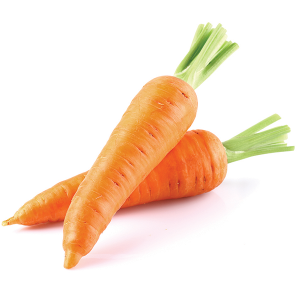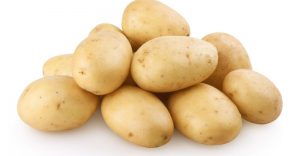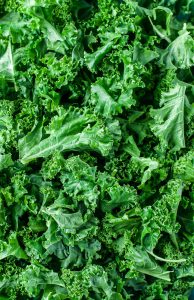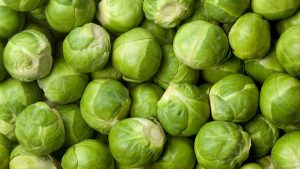Blog
GETTING YOUR GARDEN READY FOR SPRING – PART 1
With Spring fast approaching, now is the perfect time to start considering various aspects which will make both you and your garden ready for the season ahead. In this Blog, we will explore top tips which means you do not need to panic thinking you will forget important steps.
GET YOUR TOOLS IN ORDER
As simple as it sounds, getting your tools ready and prepared is an imperative element and a factor in which many of us forget to do. It is a fantastic opportunity to go over all your tools and assess the condition of them and evaluate if new ones need to be purchased. Sharpening blades and oiling hinges are two simple methods that can help bring your tools back to working condition, giving them a new lease of life.
It is amazing to find how much easier it is to cut and dig with well sharpened and oiled tools, a factor which would help to make the whole Spring season so much easier! If you find that you need to purchase new tools, then do not fear as here at Polhill we have a diverse selection to help with all your gardening needs. To view our range online, please click here.
CLEAR OUT WEEDS AND THE WINTER DEBRIS
Do that spring clean! This can be laborious and very time consuming but will make your life so much easier when working on your garden. Adding to the fact that it is extremely rewarding to get rid of all the mulchy mess. The main aim is to get everything back to bare soil. Well-composted mulch and/or organic matter can be incorporated into the soil, but fresh mulch needs to be raked away so that the soil is fully exposed.
The biggest concern is that of weeds which may still be alive which are laying in the garden. These must be removed from the soil and ideally burned or placed in a compost pile where heat will kill it before any seeds can germinate. It is imperative to make sure that weeds are disposed of sufficiently as you do not want any living weeds around, as they will try to compete with and destroy your garden plants.
PRUNING
Many trees and shrubs can do with a good prune this time of year. Late winter/early spring is the perfect time to prune back old branches as they can now be seen properly. It also presents the perfect opportunity to start shaping your plants.
Some plants that you can start pruning this time of year are:
- Buddleia
- Lonicera
- Hydrangea paniculata
- Cercis
- And Wisteria to name a few
It is also the perfect time of year to start pruning your apple or pear trees, removing all of the old wood in order to stimulate the new wood. In order to make the job easier, it is wise to invest in a pair of secateurs and good quality pruning saw, both of which are available to purchase here at Polhill Garden Centre.
However, it is important that before you set yourself loose snipping your plants, you should make sure that your tools have been cleaned properly. This precaution keeps you from inadvertently spreading plant disease around your garden! A great tip to consider is that when you prune your plants, it’s great practice to add some fertiliser to the soil to ensure that your plants receive that nutrients that they require.
START CONSIDERING VEGETABLES WHICH CAN BE PLANTED IN EARLY SPRING
SPINACH:
Packed full of nutrients and minerals, spinach is a very versatile produce as it can easily be thrown into salads, pasta dishes and curries. It is recommended to plant the spinach in early Spring so that they are ready for the summer months. It is then ready to use in the aforementioned dishes. Sprinkle with a bit of lemon to make a refreshing and full of flavour summer salad.
CARROTS:
This is a produce that many of us purchase during our weekly food shop, as they supply fantastic vitamins. Instead of buying carrots, why not grow your own? They would be nice and fresh with the added bonus that you grew them yourself. Carrots can be implanted into many meals, making them a popular choice.
Plant them in the spring months and you will have carrots ready to pick and use within 12-16 weeks.
POTATOES:
These are a significant part of most people’s diets, due to the versatility and ease of utilising them in many dishes. It is recommended to plant potato seeds beginning to mid-April, a time in which the soil has started to warm up. It also needs to be ensured that they receive good drainage, as potatoes do not like to be soaked. To avoid this, raised beds are a great solution. It typically takes around 10 weeks for most potatoes to start growing to an edible size.
We currently have a range of fantastic multi buy offers on our potato seeds in store, enabling you to grow more for less!
KALE:
Part of the lettuce family and is packed with a vast array of nutrients. Kale has a unique taste and is rich in flavour. Kale is best steamed and works fantastic in soup dishes, as well as a side for your main meal with a bit of garlic and butter.
It is highly recommended to plant the seeds in the early part of Spring so that the Kale will be ready for the summer months. For best results, grow in pots or hanging baskets where it can gain access to the sun sufficiently. kale can grow quite big, so do make sure that you use pots which are big enough.
SPROUTS:
These round little vegetables are the cause of many debates in households around the country, especially over the Christmas period. Love them or hate them, sprouts are full of great vitamins and nutrients and when cooked properly, they can be highly delicious! The secret is to not over boil them. Make sure that they are still on the firm side. Whilst cooking, add a bit of salt and a hint of butter to really bring out the flavour.
We would recommend planting late March through to late April, which would enable them to harvest from the months of September to March. As long as they receive enough sunlight, you will end up with healthy and full of flavour sprouts.
These are just a few examples of vegetables which you can plant this Spring. It is a fantastic time of year to start seeing your garden transform back into a beautiful area, where variety of colour will start becoming apparent again. Although it is tempting to plant and sow as many vegetables as possible, do not plant too much as you may run out of space and destroy the overall quality of your crop.
Be sure to check back next week when Part 2 of this guide will be available on our website, delving into how your lawn should be treated over the next few months.


